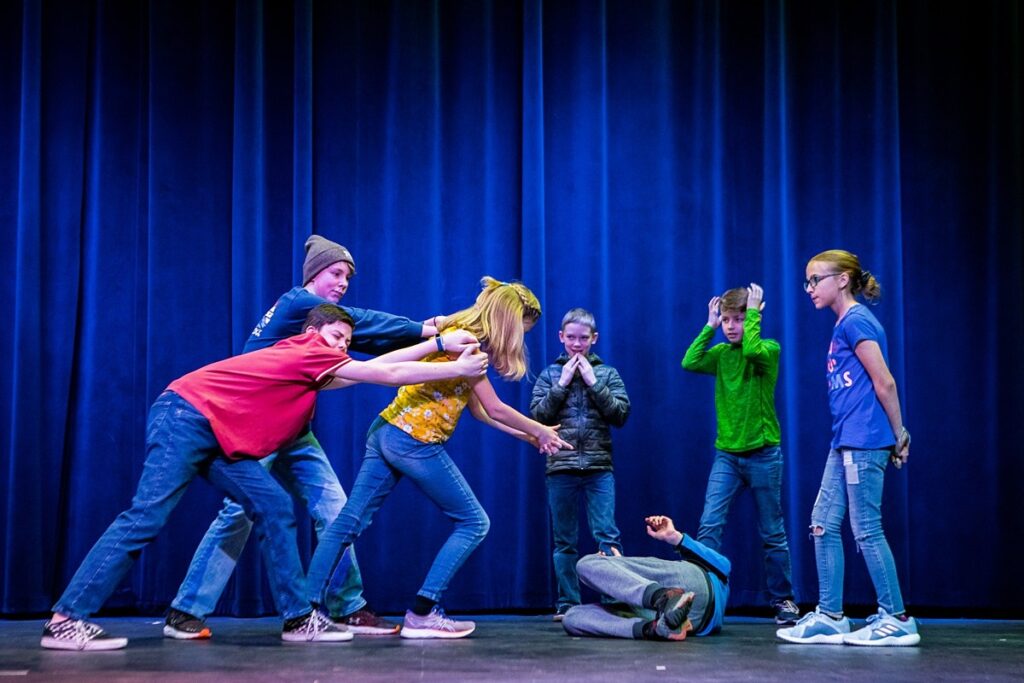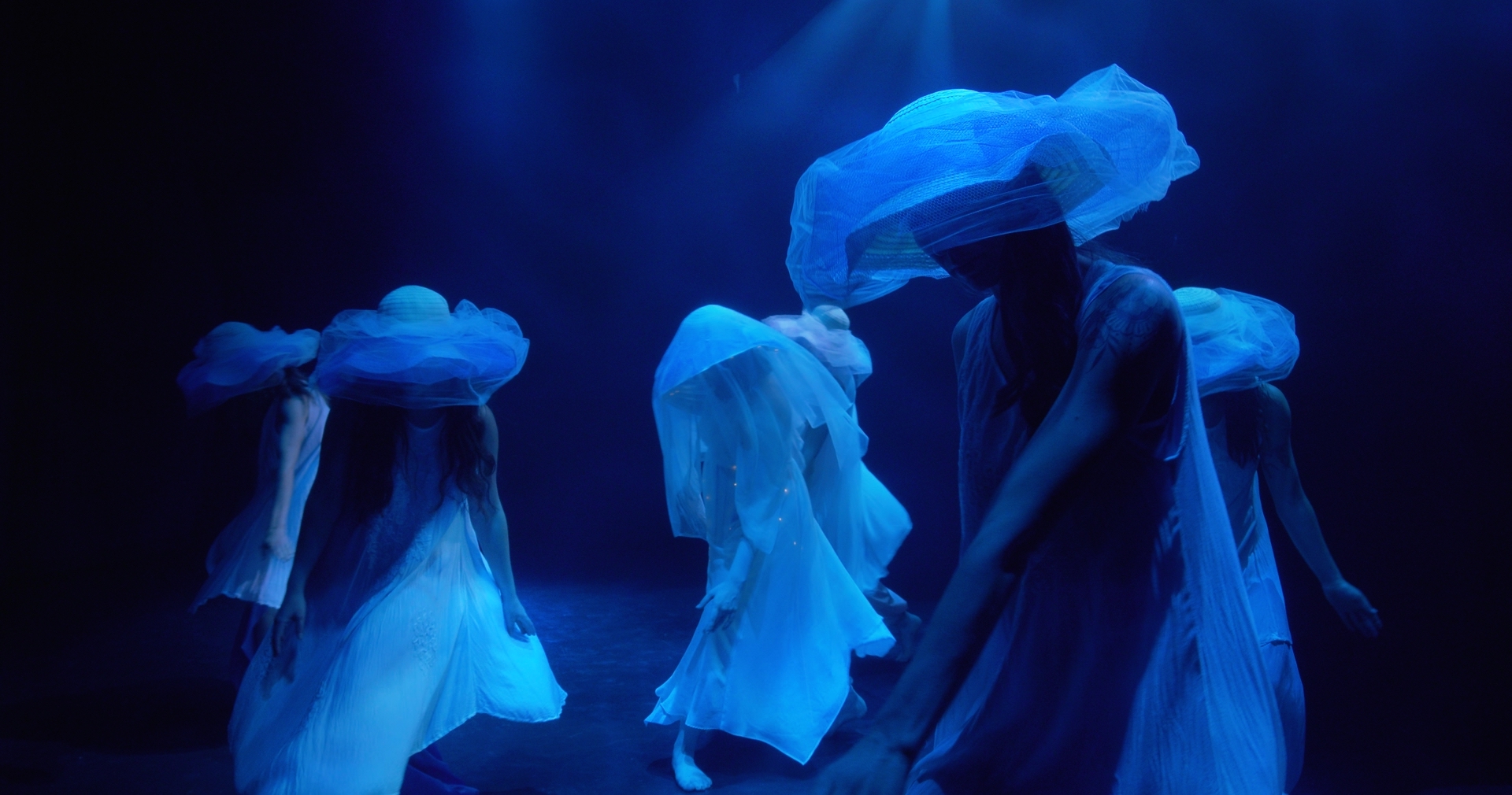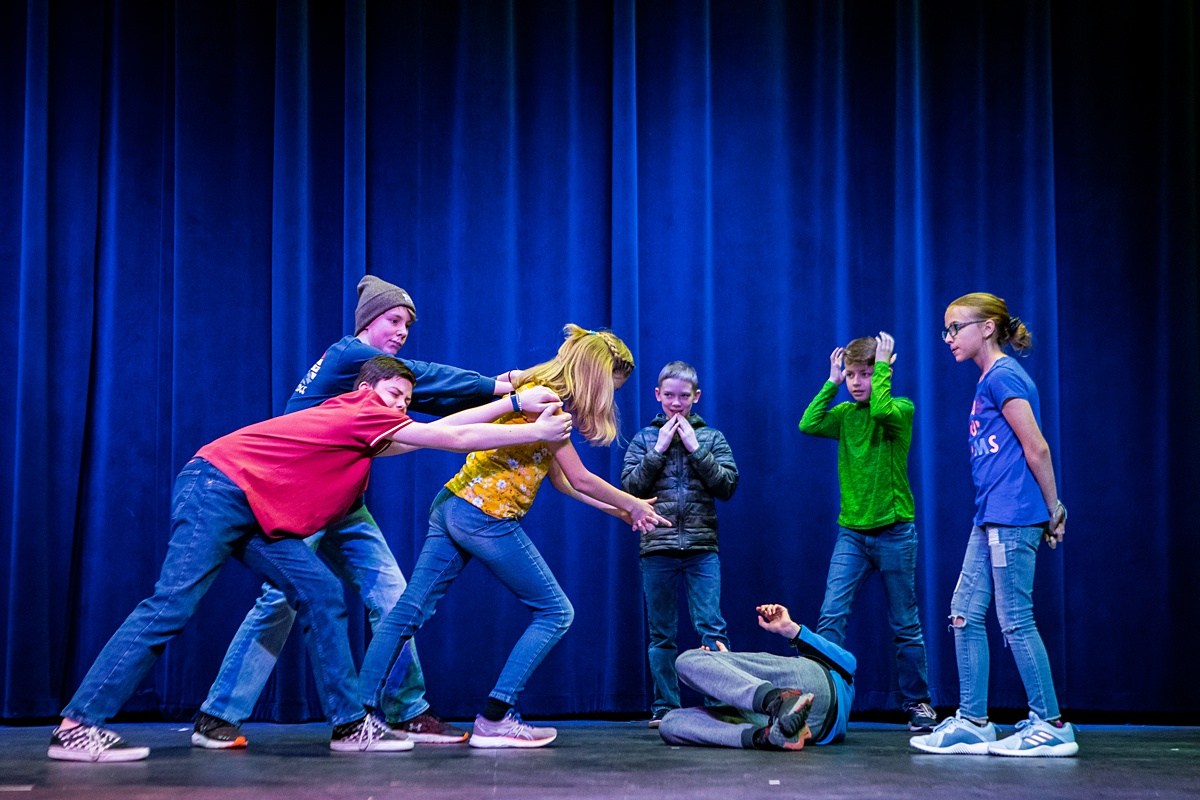
“The Body in Motion” is a year-long fellowship that explores a theme of human evolution, biology and experience through writing, sound, and movement. These workshops will introduce participants to the social and scientific research supporting the work of “The Body in Motion.” In each workshop, participants will be immersed in a specific theme and engaged in a process of creative writing and movement.
Workshop format
The format of these workshops flows from play to inquiry to creation; each day begins with guided writing and movement exercises, followed by immersion into research relevant to the day’s theme, and concluding with a creative integration of information, writing and movement.
Please note: The movement aspect of this workshop will incorporate elements of dance but will be largely self-driven and exploratory. No dance experience is necessary to participate. Any element of the workshop can be modified or altered to fit the needs of participants.
Cost
Each workshop is a sliding scale of $5-$25 at the door. Walk-ins are welcome, but space will be limited to 18 people, so RSVP to [email protected] to reserve a space.
Workshop 1: Jaw and Pelvis
Monday 11/30, 3-6 PM
These two bony structures encasing the distal ends of our digestive system have rich scientific and social relationships. This workshop explores their evolutionary similarities as well the social and emotional connection of these two areas. Inquiries in this workshop include:
- Radial, bilateral, and asymmetry
This section explores three different symmetries found in life: radial symmetry (symmetrical around an axis [eg. starfish]), bilateral symmetry (eg. symmetrical across a midline), and asymmetry (not symmetrical on any line or axis). While bilateral symmetry has inconclusive origins, we will use animal morphology to observe how shifts in radial to bilateral symmetry often accompany the elongation of a digestive tract and its structural complements (i.e. spinal cords, jaws, and pelvises). In addition to this external symmetry, we will also explore the asymmetry of human viscera through this digestive elongation.
- The development of the jaw, upper limbs, and lower limbs from vertebrate gill arches.
While theories are still contested, researchers propose that paired fins and jaws may have evolved through modifications in gill arches. This means that the mechanisms that shifted gills to jaws mirror those that shifted gills to ancestral arms and legs (seen as pectoral and pelvic fins in contemporary and fossilized fish).
- Tension in the horizontal diaphragms of the body, bookended by the cranial base and pelvic floor.
The two structures that cradle the ends of our digestive tract are notorious sites of tension. As the structures that are gates from internal to external, the experience of holding in these areas has been a fascination pathologized by the western psychological cannon in the footsteps of Freud (perhaps most clearly demonstrated in the colloquialism “anal-retentive”). Experiences such as TMJ (temporomandibular joint dysfunction) are popularized as a physical manifestation of stress, tension and anxiety.
Workshop 2: Eyes, Ears and Balance
Monday 12/7, 3-6 PM at the Holter Museum
- The movement of bones of the jaw into bones of the inner ear.
The first appearance of the complex inner ear is from ancestral mammal-like reptiles. The same hinged bones that allow for the gaping jaws of reptiles are those that create a hammer mechanism in our inner ear that give us auditory acuity.
- The development of visual sensory stimulation as it relates to the vestibular system orienting creatures up to down.
The first appearance of ancestral eyespots blurring the distinction between plant and animal and were likely an adaptation after absorbing DNA from symbiotic algae. These eyespots were the first indication of photosensitivity, responsiveness to light that occurs in plants as photosynthesis and in the structures of eyes that dominate the animal kingdom.
Our vestibular system has origins in invertebrate ancestors whose lineage we share with jellyfish. Sensory organs developed with heavy crystalline structures falling towards gravitational force. When shaken or turned upside down, these structures facilitated a return to an upright orientation to gravity.
Understanding that our ancestral eyes are a response to upward light and our primitive vestibular systems are a way to orient towards down, our verticality is essentially informed by these primitive sensory systems. This orientation became relevant in our development again as humans transitioned into bipedality.
- Generation of a complex three-dimensional space.
We are generally familiar with tetrapod eyes, the front- or side-facing eyes embedded in the skulls of mammals, birds, amphibians and reptiles; the variety of visual sensors in the animal kingdom are diverse. The compound eyes of insects commonly wrap around their heads or are prehensile to enable a huge field of view. Jellyfish have eyespots on their bells which detect lightwaves 360 degrees around their bodies.
Similarly, ears have a variety of placements, and ‘ears’ doesn’t even cover the whole category of mechanisms through which life perceives and interprets sounds waves.
With this diversity of these sensory functions in mind, how is three dimensional space perceived to meet the needs of different beings?
Workshop 3: Body Stories
Monday 12/14, 3-6 PM at the Holter Museum
Movement is deeply individual, a complex web of biology, cultural and physical environment and lived experience. Sensation and perception are also uniquely ours, inseparable from how we experience the world and who we are. This workshop is a deep sensory exploration of the social influences on our bodies, including subjects like taboo, industry, beauty, creation stories, cultural and religious values, and body images, asking questions including:
- How does your culture interpret body conformity or nonconformity? In other words, what cultural narratives exist about the ‘normal body’ and how are we encultured to respond to bodies that deviate from this norm?
- How does the taboo and/or totem of bodies affect our relationship to our own flesh? How does cultural and social shame affect our relationship to our bodies and in turn, our relationship to ourselves?
- How does the economic culture impact our bodies? How does the ‘structure of our day’ translate into the ‘structure of our lives’ in an essential, physical way?
Using case studies in addition to offering time for individual reflection, this workshop offers an opportunity to deepen the ways in which we understand how outside forces have the power to impact bodily experience, offering us the opportunity for intentional relationship to these forces.
E-mail [email protected] to reserve a spot.


